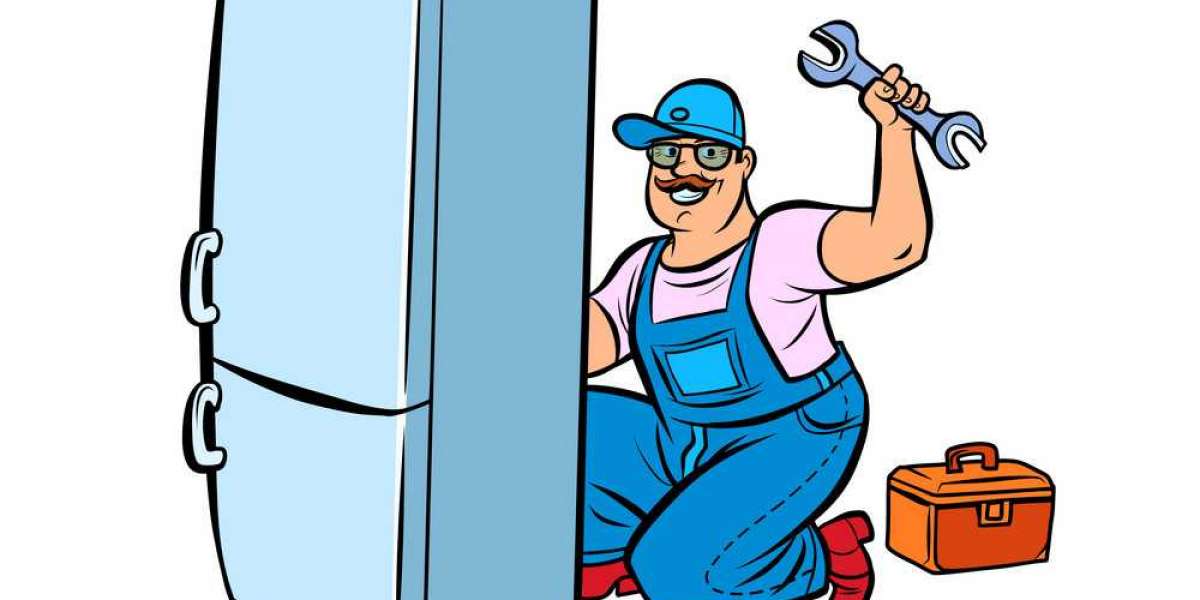In the realm of agriculture, the choice of tractor can significantly impact productivity and efficiency. Farmers and agricultural professionals seek reliable, powerful, and efficient machines to support their daily operations. Two prominent tractors in the market, the Eicher 485 and the Sonalika DI 750 III, offer a range of features catering to diverse farming needs. This article provides an in-depth comparison of these two models based on their specifications and capabilities.
Eicher 485: A Reliable Companion for Medium-Sized Farms
The Eicher 485 is a popular choice among farmers due to its robust design and reliable performance. It belongs to the 45 HP category, making it suitable for medium-sized farms and various agricultural tasks.
Engine and Power
The Eicher 485 is equipped with a 2945 CC engine, delivering a power output of 45 HP. This engine configuration is complemented by an engine-rated RPM of 2150, which ensures efficient performance and fuel economy. The tractor features a 3-cylinder engine, contributing to its balanced power delivery and smooth operation.
Braking and Steering
Safety and maneuverability are crucial in tractor operations, and the Eicher 485 addresses these aspects effectively. It is fitted with oil-immersed brakes, offering excellent stopping power and durability. The tractor comes with two steering options: mechanical steering for simplicity and ease of maintenance, and power steering for enhanced comfort and reduced operator fatigue during long hours of use.
PTO Power and RPM
The Power Take-Off (PTO) system in the Eicher 485 is another highlight, providing 38.3 HP. This power is crucial for driving various implements like rotavators, seed drills, and threshers. The PTO operates at 540 RPM, ensuring compatibility with a wide range of agricultural equipment.
Sonalika DI 750 III: Power and Versatility for Larger Operations
The Sonalika DI 750 III is a formidable contender in the 55 HP category, designed to handle more extensive and demanding farming tasks. Its robust build and powerful engine make it a preferred choice for larger farms and commercial agriculture.
Engine and Power
At the heart of the Sonalika DI 750 III lies a 3707 CC engine, producing an impressive 55 HP. This significant power boost is ideal for heavy-duty tasks such as plowing, harrowing, and transporting large loads. The engine operates at an engine-rated RPM of 2000, which, combined with its 4-cylinder configuration, ensures a higher torque output and smoother performance under load.
Braking and Steering
Similar to the Eicher 485, the Sonalika 750 DI III is equipped with oil-immersed brakes, providing superior braking performance and longevity. However, it features mechanical steering, which is robust and reliable, though it might require more effort from the operator compared to power steering systems.
PTO Power and RPM
The Sonalika DI 750 III excels in its PTO capabilities, delivering a PTO power of 43.58 HP. This higher PTO power is beneficial for operating heavy and power-intensive implements. The PTO operates at a standard 540 RPM, ensuring it can efficiently drive a variety of agricultural machinery.
Comparative Analysis
When comparing the Eicher 485 and the Sonalika DI 750 III, several factors come into play. These include engine power, fuel efficiency, operational comfort, and versatility in handling different farming tasks.
Power and Engine Capacity
The Sonalika DI 750 III clearly outperforms the Eicher 485 in terms of engine power and capacity. With 55 HP and a 3707 CC engine, it offers more muscle for demanding tasks. The Eicher 485, with its 45 HP and 2945 CC engine, is well-suited for medium-sized farms and less intensive operations.
Braking and Steering
Both tractors feature oil-immersed brakes, ensuring reliable and efficient braking performance. However, the Eicher 485 provides an additional option of power steering, which can be a significant advantage for operators who spend long hours in the field. The mechanical steering of the Sonalika DI 750 III, while durable, may require more physical effort, especially in rough terrains or during prolonged use.
PTO Power and Versatility
The PTO power of the Sonalika DI 750 III (43.58 HP) is higher than that of the Eicher 485 (38.3 HP), making it more suitable for operating power-intensive implements. Both tractors offer a PTO RPM of 540, ensuring compatibility with a wide range of equipment.
Suitability and Application
The choice between these two models largely depends on the specific needs of the farm. The Eicher 485, with its balanced power, efficient performance, and the option of power steering, is ideal for medium-sized farms and a variety of tasks. On the other hand, the Sonalika DI 750 III, with its superior power output and robust build, is better suited for larger farms and more demanding agricultural operations.
Conclusion
In conclusion, both the Eicher 485 and the Sonalika DI 750 III are excellent tractors, each with its own set of strengths. The Eicher 485 offers reliability, efficiency, and comfort, making it a great choice for medium-sized farms. The Sonalika DI 750 III, with its higher power and robust design, is geared towards larger farms and heavy-duty tasks. Farmers should carefully consider their specific needs and the nature of their operations to make an informed decision. Whether you choose the Eicher 485 or the Sonalika DI 750 III, both tractors promise to enhance productivity and efficiency in the field.



